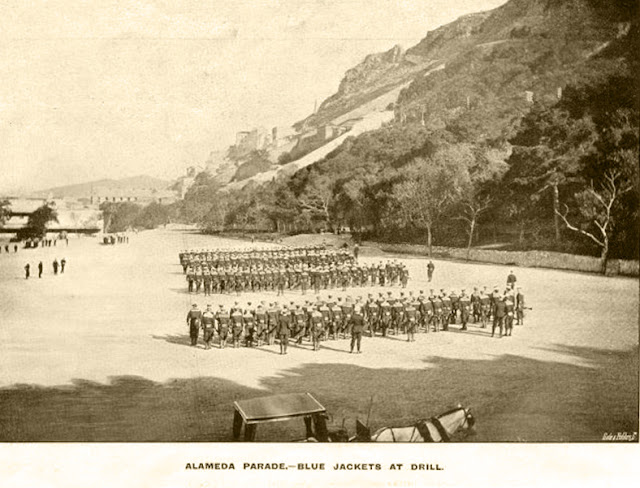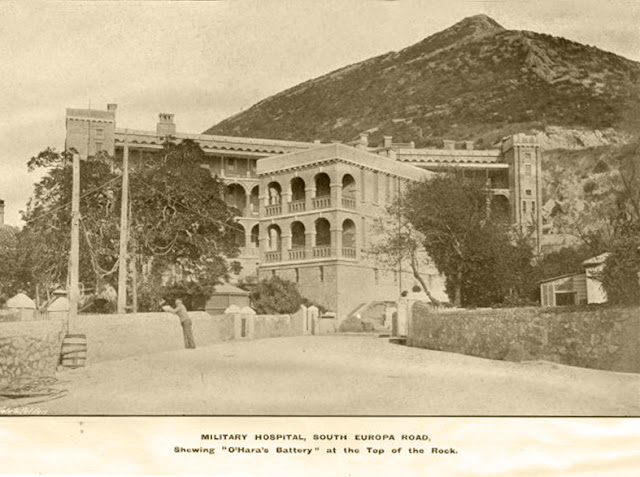The firm Gale and Polden was a well-known British printer and publisher established in the mid 19th century. It advertised itself as “Renowned Military, Naval and General Printers” and continued to do business until the late 20th 1981 when it was bought out by the infamous Robert Maxwell.
In 1902 it produced an important historical document in so far as Gibraltar was concerned – An Album of Views of Gibraltar- made up of numerous contemporary and older photographs attributed to J. J. Sterrico – of whom I know very little. The name sounds Gibraltarian - which he may well have been as it often appears in post cards produced by well-known local publishers. The following were taken from the Album.
In 1902 it produced an important historical document in so far as Gibraltar was concerned – An Album of Views of Gibraltar- made up of numerous contemporary and older photographs attributed to J. J. Sterrico – of whom I know very little. The name sounds Gibraltarian - which he may well have been as it often appears in post cards produced by well-known local publishers. The following were taken from the Album.
The Detached Mole - on the right of the middle section of the harbour was still under construction as well when this photograph was taken.
Detached Mole and dry docks still under construction.
Gunner's Parade - so called because of a Royal Artillery Barracks on the right not shown on the photo - was also known as Governor's Parade (See LINK) . The Presbyterian church was known as St Andrew's.
The eastern side of Gunner's or Governor's Parade - the "north" refers to the fact that the town of Gibraltar lies on the north west side of the Rock.
Also known as the Cathedral of the Holy Trinity.
The entrance to Kingsway, Alameda Gardens.
South Barracks was constructed in the 1730s by the then Chief Engineer, James Gabriel Montressor. It was never a Spanish barracks.
Probably dates from the late 19th century.
Originally called Mount Pleasant.
No "O'Hara's Battery" visible on this copy.
I doubt whether the gate was ever opened by Sir John Edey. The “New” Southport gate was built on the instructions of the then Governor, Sir John Adye – who presumably did the honours on the day it was opened in 1883.
The coats of arms on the Spanish gate are those of Charles V.
A rare reference to the then owners of the house - the Larios family, with one "r". It was commonly known as Connaught House as the Larios had generously placed the house at the disposal of the Duke of Connaught - the son of Queen Victoria - who happened to be doing a tour of duty in Gibraltar at the time.
This structure found in the Alameda Gardens was known as "la glorieta" by the locals.
The above are the only examples I have found which self evidently are copies of the photos used in the book. However, many of these were also used by Sterrico as postcards which were sold in Gibraltar.
"Women Hill" is a typo for "Wind Mill Hill",












































